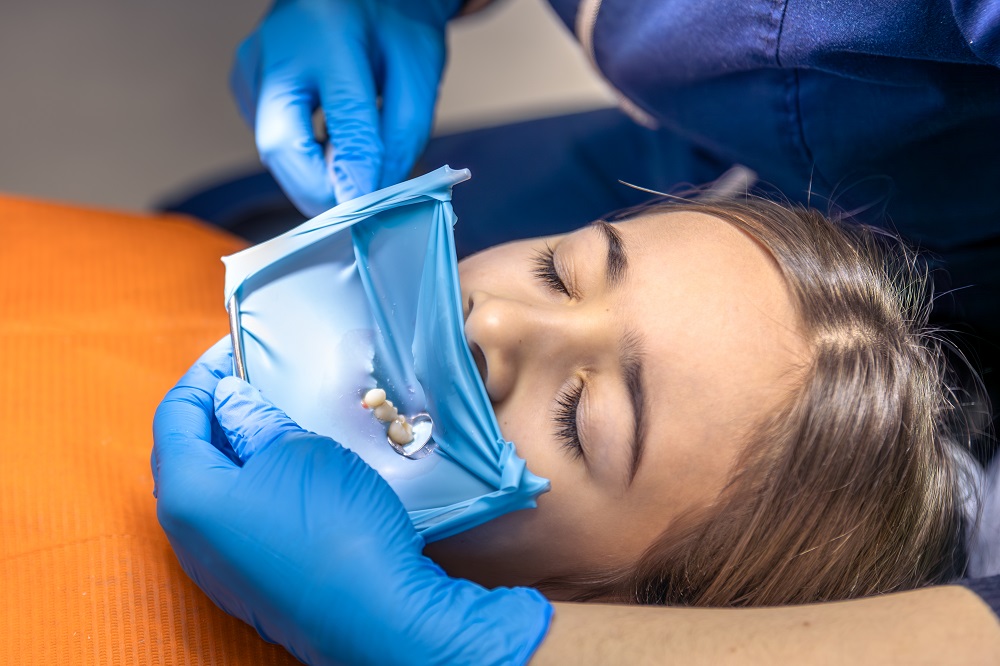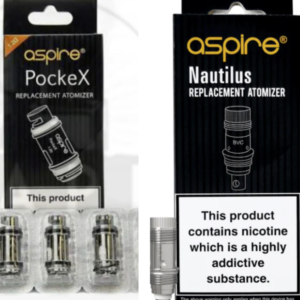Neurotoxin Botox: What You Need to Know Before Considering Treatment
When it comes to non-surgical cosmetic procedures, neurotoxin botox stands as one of the most widely performed and recognized treatments in both the aesthetic and medical communities. While it’s best known for its ability to soften facial wrinkles, it also has several important therapeutic applications. If you’re considering this treatment for cosmetic or medical reasons, it’s important to fully understand how it works, what to expect, and whether it’s the right option for you.
What Is Neurotoxin Botox?
Neurotoxin botox is a purified protein derived from the bacterium Clostridium botulinum. In medical and cosmetic uses, it is injected into specific muscles to temporarily reduce their activity. By blocking the signals from nerves to muscles, the targeted muscles are no longer able to contract, leading to smoother skin and relief from certain medical conditions.
Common Uses of Neurotoxin Botox
The range of uses for neurotoxin botox continues to expand as new applications are studied and approved.
Cosmetic Treatments
The most popular application of neurotoxin botox is in cosmetic dermatology, where it effectively reduces the appearance of dynamic wrinkles caused by muscle movements.
- Forehead lines
- Crow’s feet around the eyes
- Frown lines between the eyebrows
By relaxing the facial muscles, it offers a smoother, more refreshed appearance.
Medical Applications
In addition to aesthetic improvements, neurotoxin botox is used to treat several medical conditions involving muscle overactivity or nerve dysfunction.
- Chronic migraines
- Muscle spasms in the neck and limbs
- Overactive bladder
- Excessive underarm sweating
- Eye muscle disorders such as strabismus and blepharospasm
- Temporomandibular joint (TMJ) disorders
Its ability to safely modulate muscle activity has made it a valuable tool in medical practice.
How the Procedure Is Performed
A typical neurotoxin botox session is quick, minimally invasive, and performed in a clinical setting.
Initial Consultation
Before proceeding, patients undergo a consultation to determine their treatment goals and assess their medical history. This step ensures the patient is a suitable candidate for the procedure and that the selected treatment areas will provide the desired results.
Injection Process
The actual procedure involves the use of a fine needle to deliver small amounts of neurotoxin botox into targeted muscles. The number of injections and dosage depend on the treatment area and the individual’s needs.
Sessions typically last between 10 to 30 minutes, and no anesthesia is usually required, though topical numbing cream may be applied if requested.
Post-Treatment Instructions
After the procedure, patients receive specific instructions to maximize the effectiveness of the injections and minimize the risk of side effects.
- Avoid lying down for several hours
- Do not massage or press the treated areas
- Refrain from strenuous physical activities for 24 hours
These guidelines help prevent the product from migrating to unintended areas.
Expected Results and Duration
The effects of neurotoxin botox begin to appear within a few days following treatment, with full results visible after approximately 7 to 14 days.
The results typically last between 3 to 6 months, depending on factors such as the treatment area, individual metabolism, and muscle strength. Regular follow-up sessions help maintain the desired effects over time.
Who Should Consider Neurotoxin Botox?
Neurotoxin botox is a versatile option suitable for a range of individuals seeking either cosmetic enhancement or relief from specific medical conditions. Ideal candidates typically:
- Are in good general health
- Have mild to moderate dynamic wrinkles (for cosmetic treatments)
- Suffer from medical conditions known to respond well to botulinum toxin
- Are not pregnant or breastfeeding
- Do not have a history of neuromuscular disorders
A comprehensive evaluation by a licensed healthcare professional is essential before undergoing treatment.
Potential Side Effects and Risks
Although neurotoxin botox is considered safe when administered by experienced professionals, like any medical procedure, it carries some risks.
Common, Mild Side Effects
- Temporary bruising or swelling at the injection site
- Mild redness or tenderness
- Headaches in some cases
These side effects typically resolve within a few days without requiring intervention.
Rare but Serious Risks
- Drooping eyelid or eyebrow (ptosis)
- Difficulty swallowing or speaking (when injected into neck muscles)
- Asymmetry in facial movements
- Allergic reactions (though rare)
Selecting a qualified, experienced practitioner significantly reduces the risk of complications.
Frequently Asked Questions About Neurotoxin Botox
Q1: How long does a treatment session take?
A: Most neurotoxin botox procedures take between 10 and 30 minutes, depending on the number of areas treated.
Q2: Is the procedure painful?
A: Discomfort is minimal, often described as a quick pinch. Many patients find the process tolerable without numbing, though topical anesthetic is available if desired.
Q3: How soon can I resume daily activities?
A: Normal daily activities can typically be resumed immediately after treatment, but it’s advised to avoid lying down or engaging in vigorous exercise for several hours.
Q4: When will I see results?
A: Initial effects may be noticeable within 3 to 5 days, with full results appearing around 7 to 14 days post-treatment.
Q5: How long do the effects last?
A: Results from neurotoxin botox generally last 3 to 6 months. Regular maintenance treatments are recommended to prolong the benefits.
Q6: Can it be combined with other treatments?
A: Yes, neurotoxin botox can be paired with other non-surgical cosmetic procedures, such as dermal fillers or skin resurfacing, to enhance overall aesthetic results.
Q7: Are there any restrictions before treatment?
A: It’s advisable to avoid blood-thinning medications and supplements like aspirin, ibuprofen, and vitamin E for a few days before treatment to reduce the risk of bruising.
Q8: Is it safe for long-term use?
A: Studies have shown that long-term use of neurotoxin botox is safe when administered by a qualified professional. Many people undergo regular treatments for years without significant adverse effects.
Why Professional Expertise Matters
The success and safety of neurotoxin botox treatment depend heavily on the skill and experience of the provider. Precision in targeting the correct muscles and understanding the appropriate dosages for each patient ensures natural-looking, effective results while minimizing risks.
Choosing an experienced, licensed healthcare professional is essential for achieving optimal outcomes and reducing the likelihood of complications.
Conclusion
Neurotoxin botox offers a reliable, minimally invasive option for those looking to reduce the appearance of dynamic wrinkles or manage various medical conditions related to muscle activity. Its safety record, versatility, and convenience have made it one of the most requested treatments in both cosmetic and medical fields. A thorough consultation and a skilled, experienced provider are key factors in achieving safe and satisfying results.













